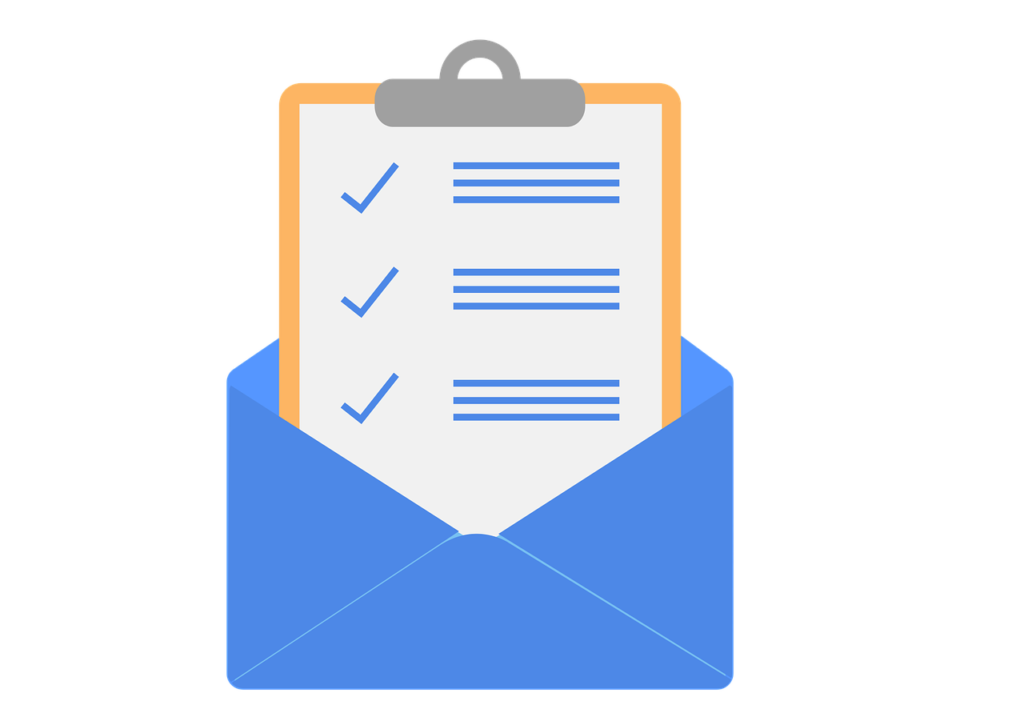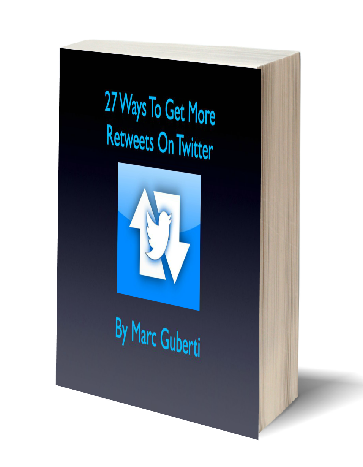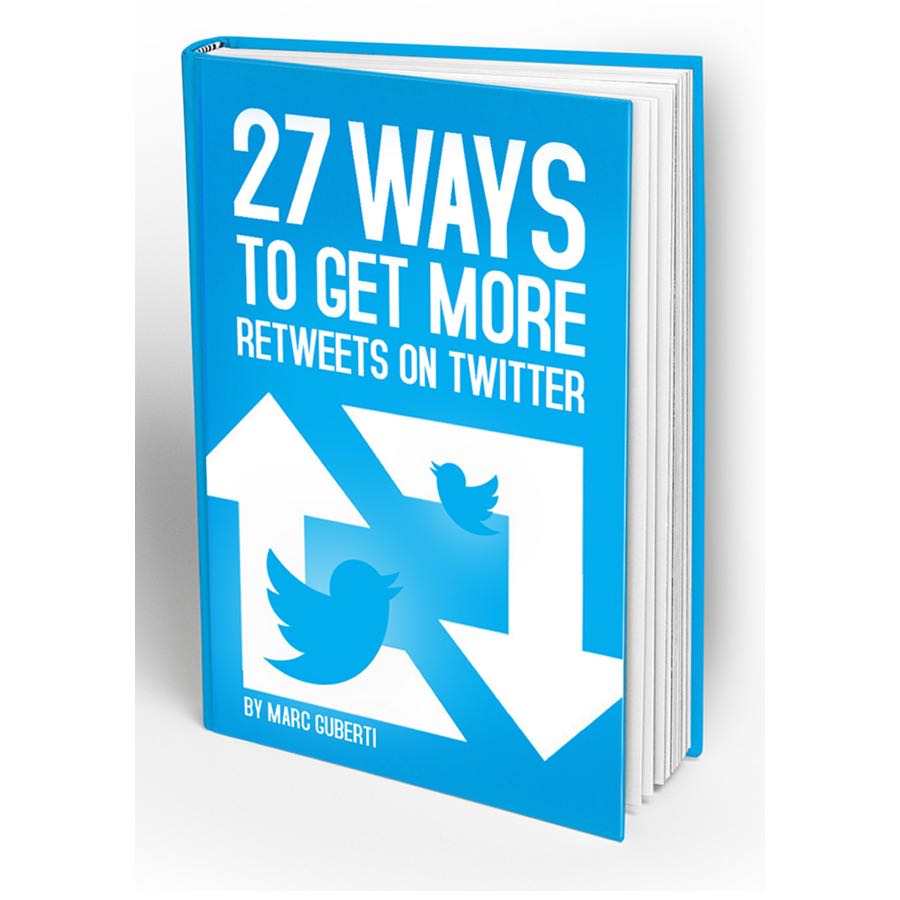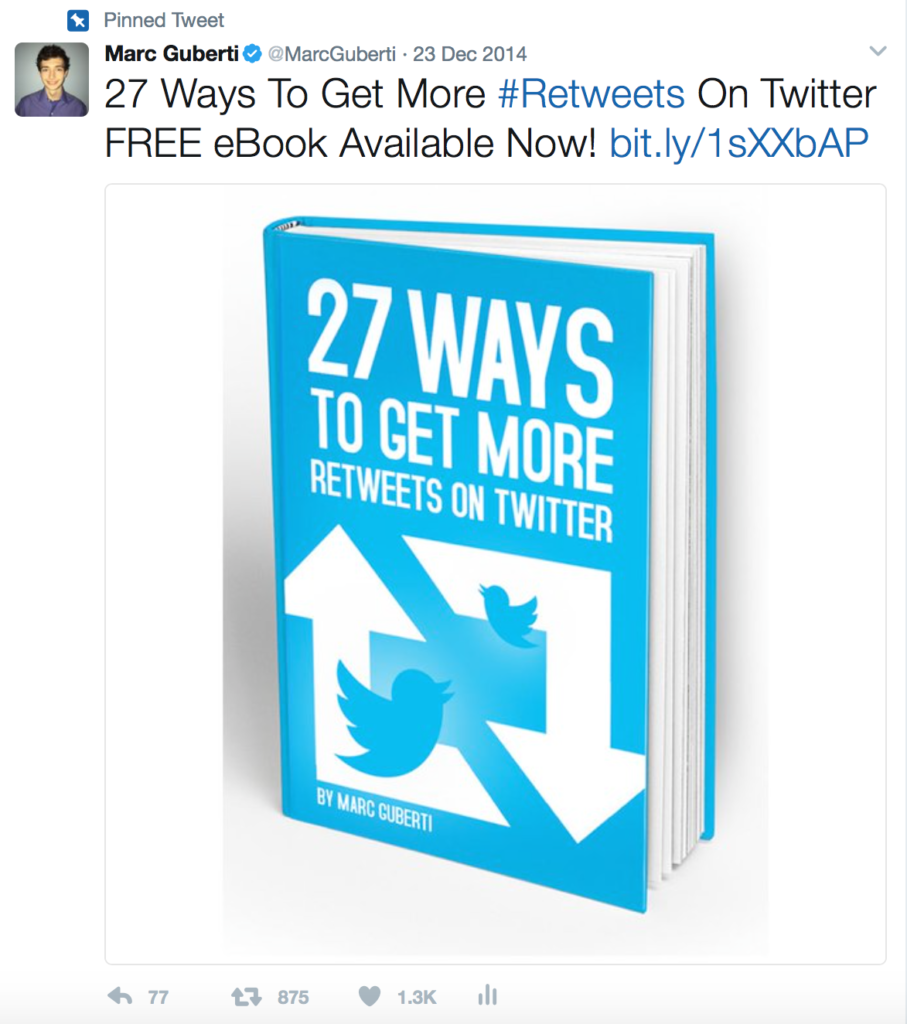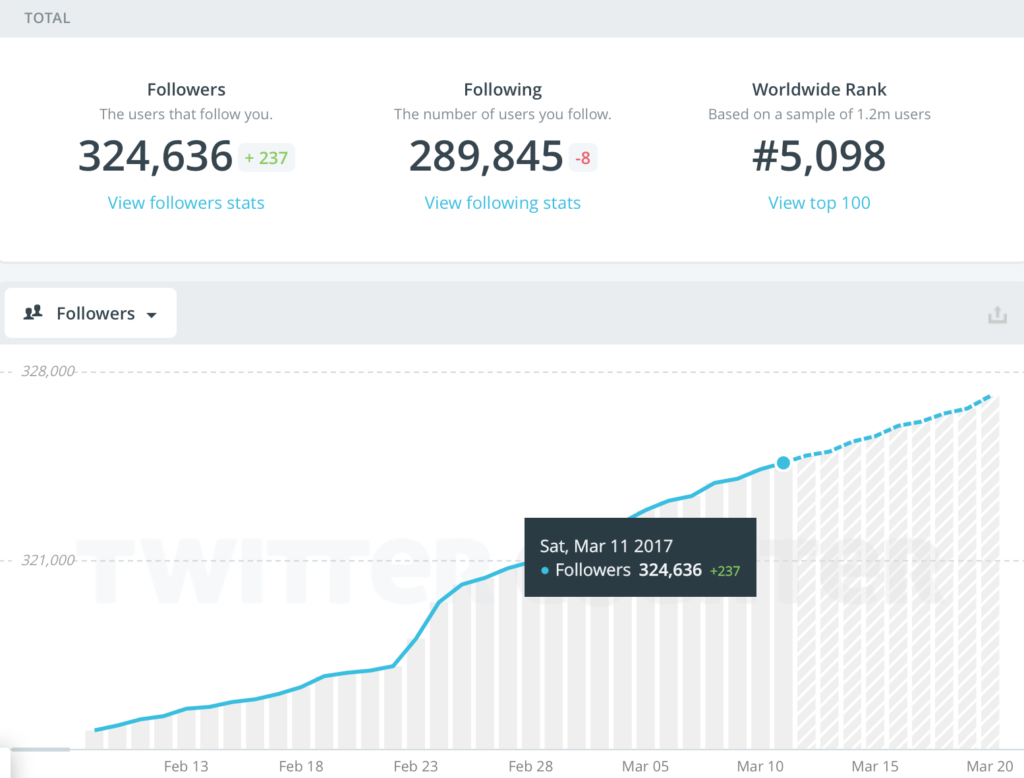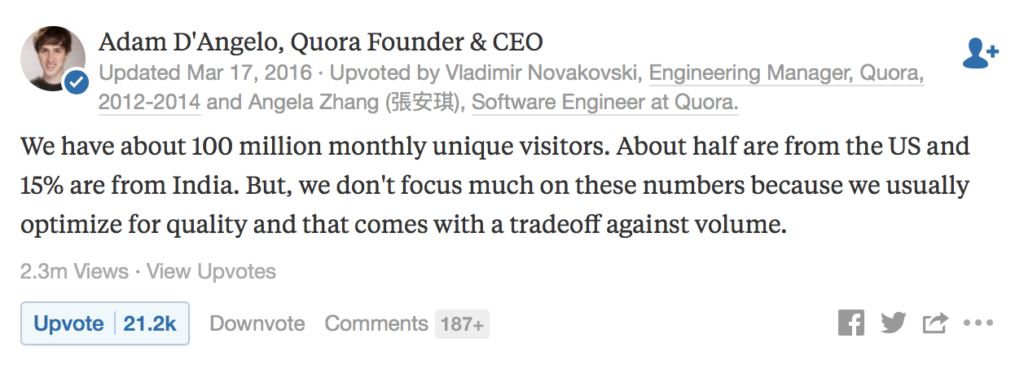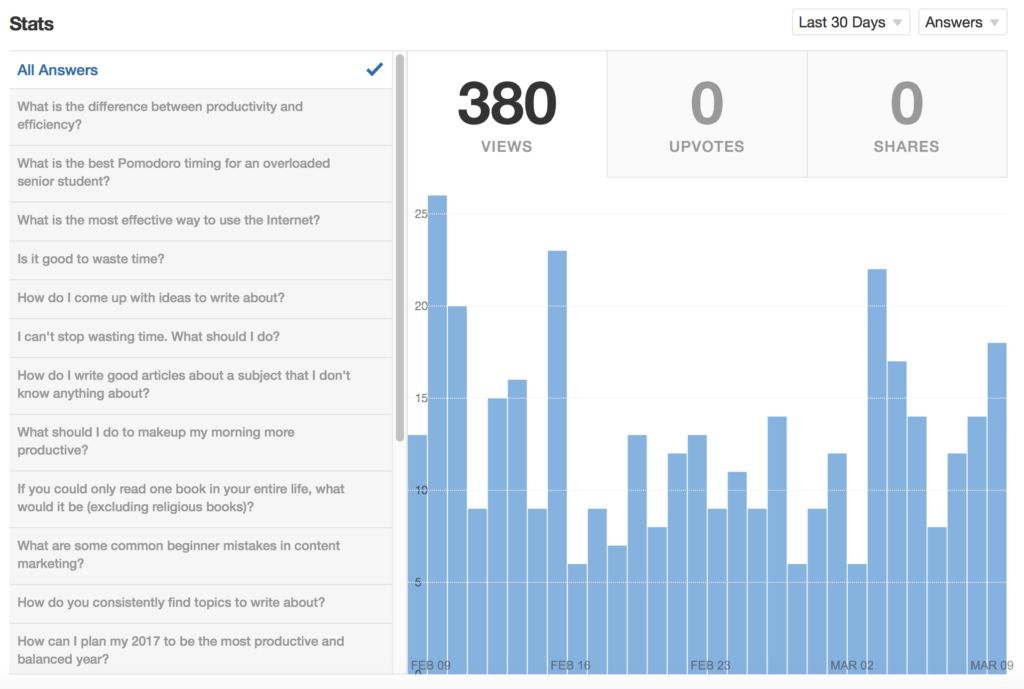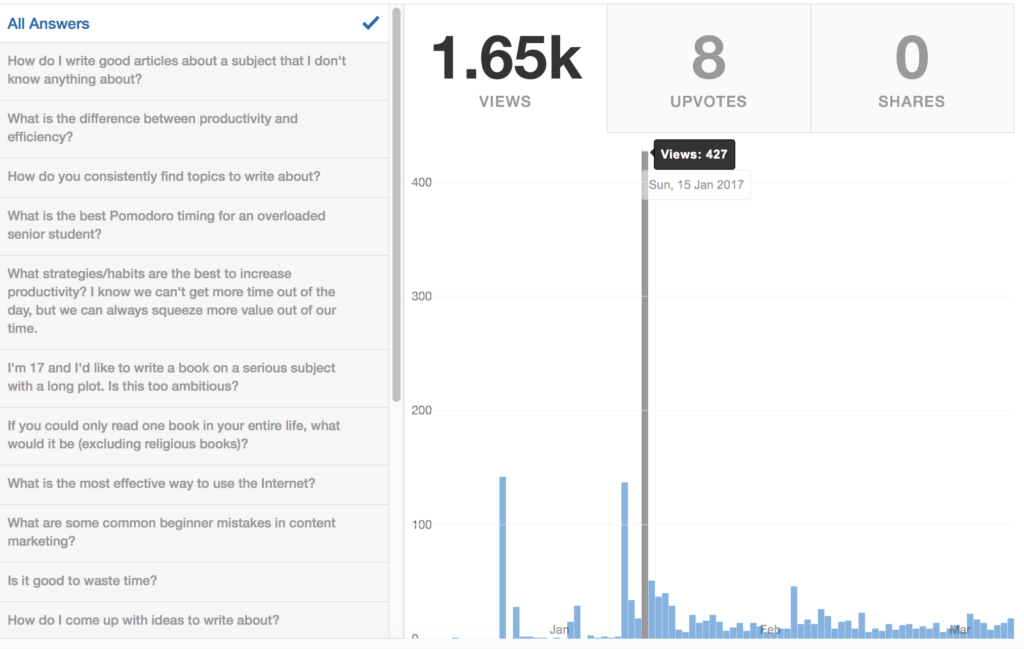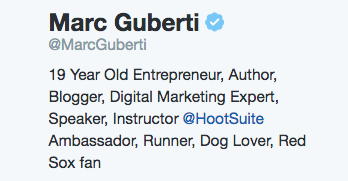This is a guest contribution from Anna Rud.
You wrote an exceptional article hoping for shares, likes, and exposure but it seems like nobody noticed your post. There could be a number of reasons for this failure: from silly typo at the beginning of the article to bad SEO. But maybe the real reason is even simpler: you’re not on the same page with your readers.
There is no one-size-fits-all approach to creating content in different niches. Every particular niche has its particular audience, and you have to figure it out before embarking on writing.
In this post, I’m going to describe my way to finding niche patterns and features by exploring top blogs and niche questions.
Competitor analysis method
How to figure out your audience? It would take years to find patterns and understand preferences of your readers as all you can is to test different approaches and listen carefully to the reactions.
Well, you don’t need to reinvent the wheel as soon as you can benefit from your competitors by the analysis of their audience. Unless you’re a genius that found completely unique idea (or a weirdo that writes about something no one cares about) you do have competitors in your niche! So let’s find and analyze them!
#1 Find top blogs in your niche
Here I can suggest 2 simple yet effective ways to quickly find best blogs in your niche:
Google it!
The first thing you can do is to type your primary keywords into the Google search. For instance, if you’re running digital marketing blog, type “seo guide” into the search box and explore SERP top-10.
Note, that your query should concern a fundamental issue every ambitious blog definitely have written about. It’s clear that every SEO blog strives to write the most comprehensive SEO guide that will rank high. Thus, this query will give you the list of leading blogs.
Here you’ll find Moz, Kissmetrics, Search Engine Journal, Search Engine Land, Quicksprout, Wordstream, Neil Patel’s blogs. These results show that this simple method works well as we all know that these blogs are leaders in the digital marketing niche.
Find a listing
Another way, which is even simpler than the previous one, is to find a list of best {your keyword} blogs:
All work is done for you! You’ll find compilation of the established blogs, but you shouldn’t trust it entirely. Note, that leading blogs has:
- Traffic about 500K — 1M and more (you can check it with SimilarWeb);
- Social activity: likes, shares, comments;
- Regular publications.
Select up to 10 top blogs and proceed to the next step.
#2: Find and analyze their most shared content
Now our task is to find out what type of content and what topics people in our niche like the most. Here I’ll use BuzzSumo tool that finds most shared content (for keyword or domain):
As you see, you can sort the results by FB, LinkedIn, Twitter, and Pinterest shares. Also, it allows choosing a date, content type, language, country, and even word count.
Here is where easy part ends. Now you should read a ton of competitor’s articles. I suggest choosing top 10 articles from each site we’ve selected earlier. Read all of them (ok, you can just glance through it) and analyze the niche. This research will give you a great insight into what people want to see on your blog:
- What topics are they interested in the most?
- How long should my post be (how many words)?
- What writing style should I choose?
- What type of content to post?
- How many images should be in the post?
- And more!
I suggest creating a spreadsheet to collect all information together in one place. Here is what it looks like for me:
Of course, columns in the spreadsheet may differ depending on your goals. You can analyze every single detail or estimate blog in general, as you wish. Our goal remains the same: learn from your opponents and find the niche patterns.
For instance, doing this small research, I got few important things about digital marketing blogs:
- You always should be up-to-date! I found at least one article about Google/Facebook update at the top of each blog. Such posts often go viral!
- Bring the value and prove everything you say. I see this pattern over and over again when reading guest post guidelines on different blogs. Small sites point that you can use 1 link per post / can’t use links in the body of the article at all. Large platforms are not afraid of links as far as they are relevant and bring value to the reader. So always refer to studies, investigations, influencers’ articles to prove your point.
To find content that is interesting to your audience at this very moment, choose “past month” filter. Check these blogs, conduct the analysis and come up with best topics for your blog posts.
As I said earlier, every particular niche has its particular audience. At the same time, even every particular blog has a particular audience. You can’t entirely rely on your competitors or leaders. Anyway, your audiences are similar, so this analysis could save you from some mistakes and give you an idea about your niche as a whole.
#3: Niche question research
I found out that there is much buzz around content marketing and SMM strategies these days. Also, there are a lot of articles about snippets update. I decided to write about content marketing. But what sides of this topic should I cover in my post?
This is where niche question research comes in handy.
Quora
Question-and-answer platforms can provide you with some specific ideas to cover in the post. Type your primary keyword into the search box, choose “last month” filter, and explore the results. Here are some interesting questions I found here:
Note that it should be a question that hasn’t been answered in full yet. Choose some exciting question and be the first one to create a comprehensive post concerning this issue.
Also, you can use a summary of your post as an answer to this question on Quora. Of course, you can leave a link to your post here as well!
SEO tool
Another way to find exciting questions in your niche is to use the SEO tool like Serpstat. It has “search questions” feature that finds question people frequently ask on Google, YouTube, and Amazon. All questions are asked by real people in real time. Here are some interesting things I found:
Quick tip: it sorts queries in the ascending order by the number of words in the phrase. Thus, the most interesting and specific questions are at the end of the report.
#4: Create an article!
Finally, we can focus on the fun part: writing! Let’s sum up the process:
- Find trending topics analyzing top blogs in your niche. You can read their most shared articles or most recent ones that seem to be successful. It doesn’t mean that you should steal their ideas. Instead of it, you can figure out the trend, find something they’ve missed, and write content that stands out.
- Look at these topics from a new perspective and get an insight into what people want to know on this topic by searching for questions people ask on the Internet. Sure, there’s nothing unique or special left in the world. That said, there are so many aspects of every topic. Niche questions help to find these aspects.
- Turn question (that is related to the trending topic you’ve chosen) from Quora into the heading of your article. Now use questions from Serpstat as subheadings. These questions are LSI keywords, so you’re killing two marketing birds with one stone: since questions are asked by real people, we can assume that audience want to find an answer, at the same time, you’re using more keywords and getting more traffic as well!
The only thing left to do is to write an exceptional content, and this is where I leave you. This method will help you to find topics, ideas, and writing style that resonates with your audience. You, in turn, should take the responsibility for writing, listening to your readers’ reactions, and improving your content strategy according to them. And I wish you to be on the same page with your audience!
In Conclusion
As content creators, we need to show appreciation to our audience by creating content that will highly resonate with them. Before you publish a post, ask yourself if your target audience would care about what you are going to publish. If not, you might have to change your perspective, research more, and write content that is specific to what your readers want to know.
Have you already figured out your target audience? Are you writing content that resonates with them? Share your thoughts in comments!
Anna Rud is a Content Marketer in an IT company. She’s often writing useful pieces on how to rank higher, how to write for the Web, how to carry out PPC campaign and so on. Obsessed with the constant learning.







